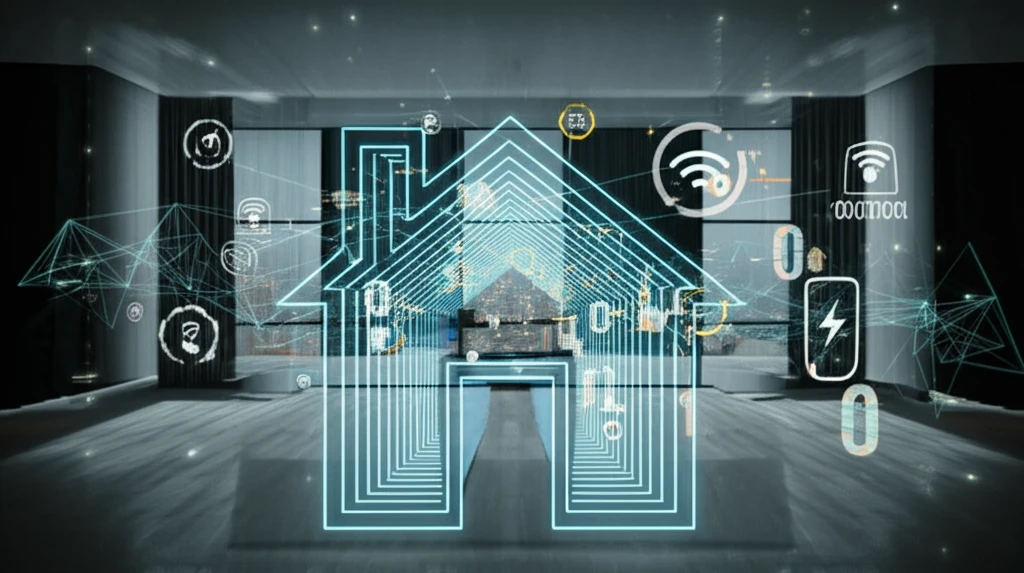
Smart Home Revolution: How Automation is Changing the Way We Live
"Discover how home automation and security systems are enhancing convenience, efficiency, and safety in modern homes."
In the 21st century, home automation has emerged as a pivotal force, redefining how we interact with our living spaces. This technology integrates control of household appliances—lights, doors, fans, and air conditioning—to offer convenience and efficiency. Beyond mere convenience, these systems provide enhanced security and emergency response capabilities, marking a significant shift in modern lifestyles.
Home automation goes beyond reducing human effort; it maximizes energy efficiency and saves valuable time. By enabling remote control of home appliances via smartphones, web interfaces, or GSM technology, homeowners can manage their households from anywhere. These systems also offer alerts in the event of a security breach, promptly notifying homeowners of potential threats and enabling quick protective action.
A key objective of home automation is to conserve energy. Automated systems allow users to control equipment and office appliances efficiently, ensuring that devices are only active when needed. This approach enhances security and promotes a user-friendly, reliable, flexible, and affordable environment.
The Core Technologies Driving Home Automation

Several technologies have been developed to implement home automation and security systems. These include systems based on Arduino, GSM (Global System for Mobile Communication), and Android, each offering unique functionalities and benefits.
- Automated Lighting: Lights turn on when someone enters and off when the room is empty.
- Occupancy Tracking: Real-time count of people in a room displayed on an LCD screen.
- Enhanced Security: Alarm system triggers upon unauthorized entry.
- Energy Efficiency: Automatic shut-off of appliances when not in use.
Embracing the Future of Smart Homes
Home automation is revolutionizing how we live by offering increased convenience, security, and energy efficiency. As technology evolves, these systems will become even more integrated and intuitive, promising a future where homes are smarter, safer, and more responsive to our needs. By leveraging advancements in Arduino, GSM, and Android technologies, homeowners can create customized environments that enhance their quality of life and contribute to a more sustainable future.
